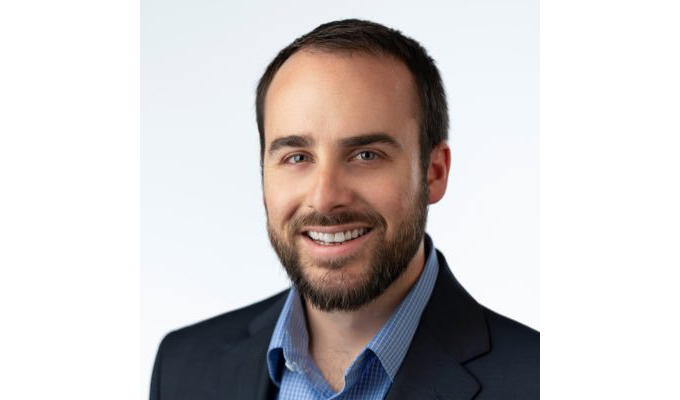The American Water Works Association is the largest organization of water supply professionals in the world and its members represent the full spectrum of the water community, public water and wastewater systems. environmental advocates, scientists and others concerned for effective management of the world’s most important resource. On a recent episode of MPT’s podcast, The Efficiency Point, Chris Moody from AWWA’s government affairs office joined us to discuss the impact of the EPA’s new guidelines on PFAS regulations and the organization’s current efforts advocating for clean and potable water throughout the country.
MPT: Would you mind providing a brief history of the EPA’s approach to PFAS regulation?
Chris Moody: It’s helpful to think about where things are starting at with PFAS. It represents a class of thousands of different chemicals. All are perfluorinated alcohol compounds, the chemical makeup of these gives them really unique properties that they first were used for the Manhattan Project and now they’re used for everyday things like water repellent for jackets. So they’re really ubiquitously used throughout the country, and the world, really.
The EPA’s history on regulating PFAS began in the mid 2000s. With both the regulatory and voluntary efforts to reduce use by industry of certain PFAS. … Just last year, they released the PFAS action plan, which is really their way of putting out the detailed plans for multi-barrier approach to PFAS. It involves research, risk communication, contamination—addressing how to clean up a lot of things.
Since that plan was released, the agency has focused on developing different analytical methods and most recently, getting to more than the hot topic of the day, the proposed regulatory determinations for two particular PFAS and drinking water.
MPT: What are the four guiding principles that AWWA has put out with relation to PFAS regulation?
Chris Moody: The four guiding principles really boil down to a commitment to public health protection. That’s our main goal as an organization at the end of the day. And then our second one is a fidelity to the scientific process—ensuring that we have any drinking water standards that do get promulgated are actually the most effective they can be, and they’re based on science. Next, an investment in research so that we can support that process and ensure that we can have effective protection of source water. That means making sure we’re not letting the chemicals just blatantly get put into the environment and then pushed off to the drinking water.
MPT: If I’m someone working on the forefront of facing this issue, where should I turn to get the best information?
Chris Moody: There’s lots of different resources! Our organization has people who maintain different fact sheets and we’ve been tracking different state-to-state activities. … We have a whole webpage dedicated to PFAS. And a lot of those fact sheets are really good, high quality.
FOR MORE INFORMATION
To listen to an extended version of this interview, be sure to subscribe to MPT’s podcast, The Efficiency Point.
MODERN PUMPING TODAY, July 2020
Did you enjoy this article?
Subscribe to the FREE Digital Edition of Modern Pumping Today Magazine!



